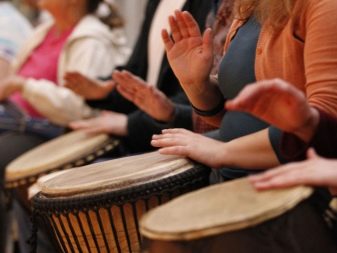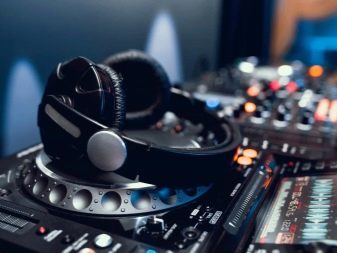Percussion in music
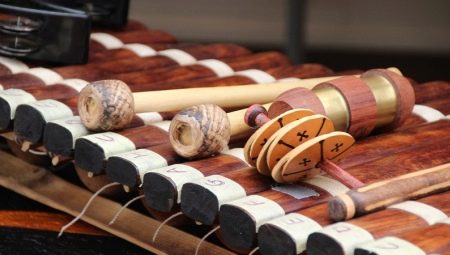
Physicians have the right to consider the word "percussion" as a professional term, because, indeed, there is such a research method - percussion. The sound that occurs when healthy and diseased tissues are tapped differs, and this helps the doctor diagnose. Percussion in music is also associated with sound, rhythm, and also percussion. Therefore, the intersection of medicine and musical art in one word is not an accident.
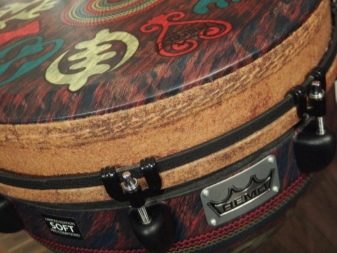
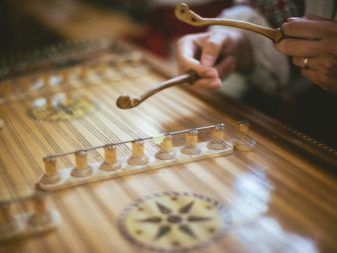
What it is?
Percussion is a special group of percussion instruments with a sound product that forms the rhythm and emphasizes it. They are found in ethnomusic, electronic music and other genres. But ethno and folk are the categories that are more closely related to the term "percussion". So, all national music is performed on percussion instruments too.
What are these tools:
- tambourine;
- castanets;
- cowbell;
- ratchets;
- bongos;
- bells;
- maracas;
- shaker and others.
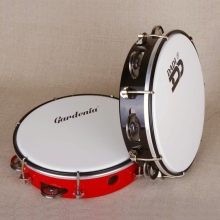
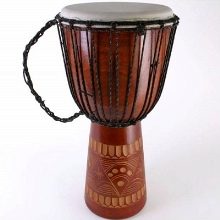
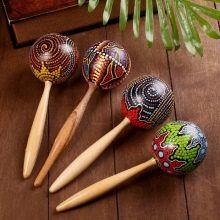
This is only a tiny fraction of the list that represents the world's percussion instruments. In the world of ethnomusic, dozens and dozens of instruments of this type are created. The average man might never have heard the names of most of them. But from ethnic music an amazing bridge was formed, which turned into electronic music. This happened in the 80s of the last century. Percussion in this case is represented by ready-made, recorded samples. They are necessarily used in such stylistic directions as techno, house, trance, and also chill-out, break-beat and others. Interesting! The most popular percussion objects in electronic music are the xylophone, bells, and also the tambourine, bongo and gong. They help compositions become more dynamic and better remembered.
Modern jazz orchestras and rock bands can include a percussionist. And this is in addition to the main drummer using classical percussion instruments. By the way, the standard drum kit does not include any percussion instrument. A person, as a rule, gets acquainted with representatives of this musical category in childhood. Someone begins to experiment with an ordinary rattle: parents can use it to play along with a famous song or acapella performance. And a child, having matured a little, can also try to create a rhythm with the same rattle, to repeat the rhythm of a famous song.
In children's stores, it is easy to find a simple set of children's percussion models, in which there will be a tambourine, maracas, simple bells.
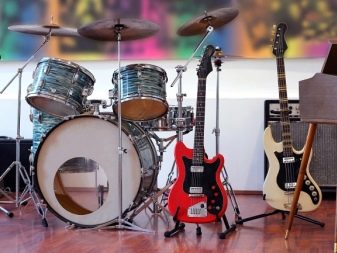
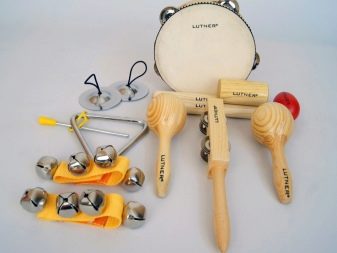
Views
There are a number of classifications for these instruments. The first divides them according to the pitch. In the percussion row, there are products with a given purity of sound and an indefinite one. The first include drums (large and small), timpani, bells, here is a xylophone and vibraphone. To the second - cymbals, a tambourine, an ordinary triangle, there and there, castanets.
On the way of sound production, percussion samples are also of several types.
- Idiophones. The sound in this case is created by the body of the product itself. For example, a bell makes sound by hitting the tongue against the walls. And also this category includes a triangle, xylophone, there-there, vibraphone, marimba and others. In turn, idiophones are divided into objects made of wood and objects made of metal.
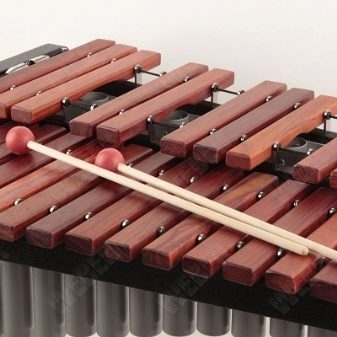
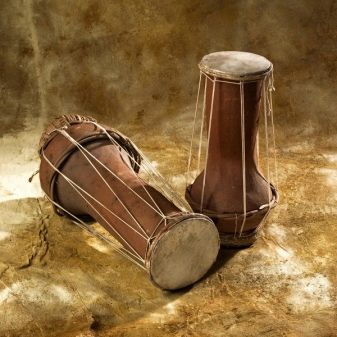
- Membranophones. In this case, the sound comes from the stretched leather membrane. Although the membrane may well be made not of leather, but of plastic, for example, other synthetics. Drums, bongos, tambourines, timpani can be included in this category.
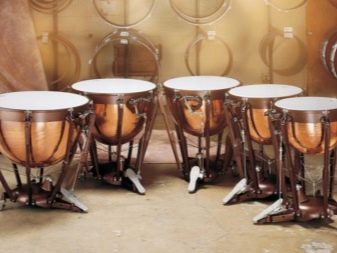
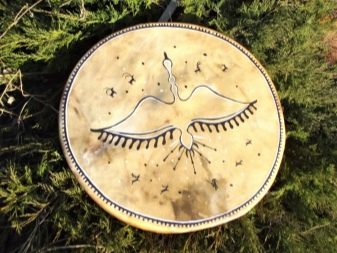
- String drums. These are cymbals, yangqin, santur.
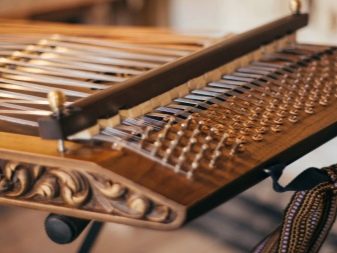
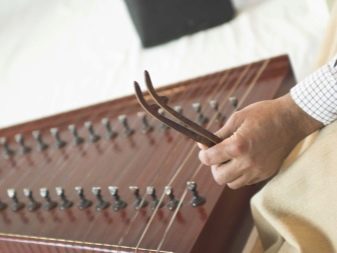
And now about the instruments that belong to the percussion category, and are most interesting to musicians of different styles and trends. Here are 10 great percussion representatives.
- Tambourine. Someone does not distinguish it from a tambourine, because the instruments are really related. But the difference is still fundamental, and it is in the design itself. A tambourine is a round or semicircular rim, small plates or metal bells are fixed on it. They will be the main sounding element of the product.
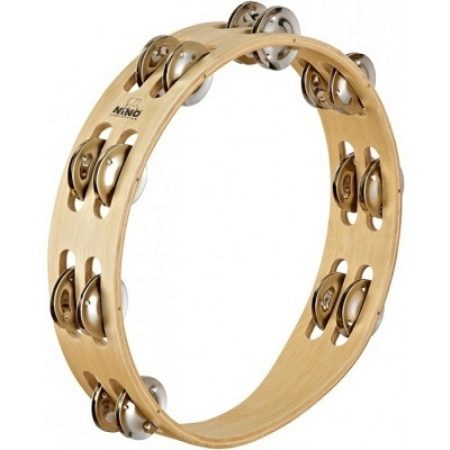
- Cajon. His homeland is Peru. It looks rather strange: a box with five wooden walls, one of which has a phase inverter. Sound is emitted through the front wall. To play such an instrument, a musician needs to sit on it and deviate slightly. There are strings inside the unusual product, they are partially in contact with the front plywood element. And since the upper corners to the base structure do not create a snug fit, the cajon impresses with its timbre range.
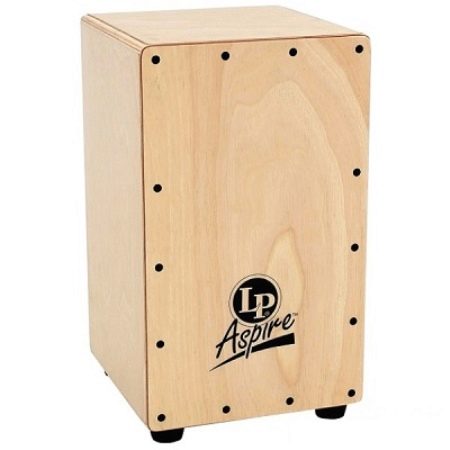
- Bongo. Representative of Cuban National Music. In a nutshell, it is a double drum. The bongo player has to sit. Bongo drums have a pair, small and large. It will be the big one that will dominate, usually it is located to the right of the player. This drum has a low pitch. In Latin American music, bongos are used very often. And although percussion often acts as a background instrument, far from being the main one, the bongo falls out of this category - it is often soloed.
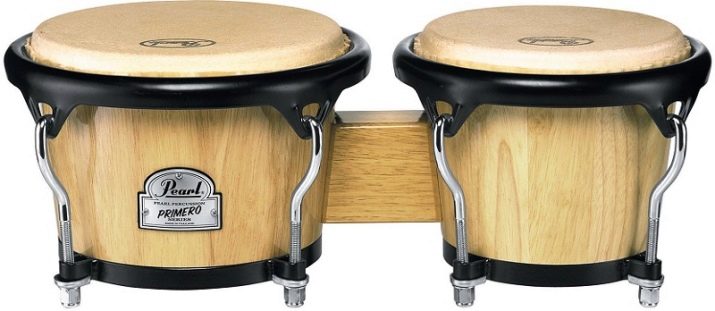
- Maracas. Another Cuban representative. Although used by Indians from South and North America, it was ideal for ritual dances. Wood and plastic, metal - maracas are made from different materials. Inside they are invariably free-flowing substance. This instrument is very similar to a shaker, and yet they are different: maracas have handles.
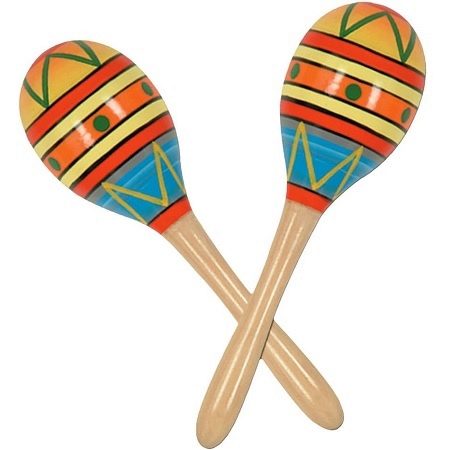
- Castanets. In Latin American music, Spanish and Italian, the sound of castanets is heard every now and then. These are such plates, connected in pairs, made of hard wood. They are worn directly on the fingers. When the records are struck, a clicking sound is heard - sharp and clear.
A good musician is able to knock out an original rhythmic pattern with castanets.
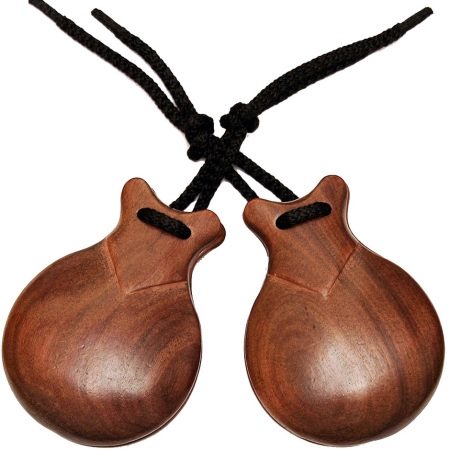
- Rainstick. In Peru and Chile, it is called the "rain stick". It looks like a long tube, inside of which special partitions are made, and a friable substance can also be. The name comes from the fact that when playing this instrument, the attentive listener really recognizes the sound of rain.
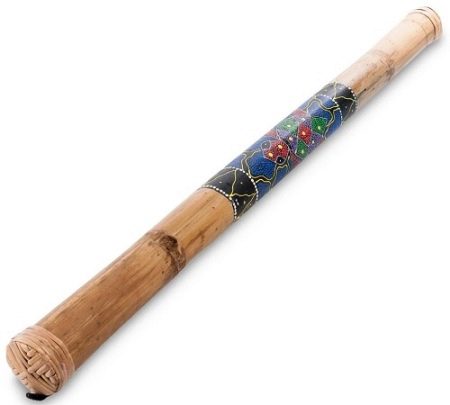
- Congas. Another representative of Latin America, presented in the form of a cone-shaped barrel. A leather membrane is stretched on the top of this barrel. Musicians can use a pair of these instruments, differing in diameter and pitch, for a deeper sound. They play it either with their hands or with special sticks. However, you can also hang it on the artist's shoulder. But fixation on the rack is quite acceptable.
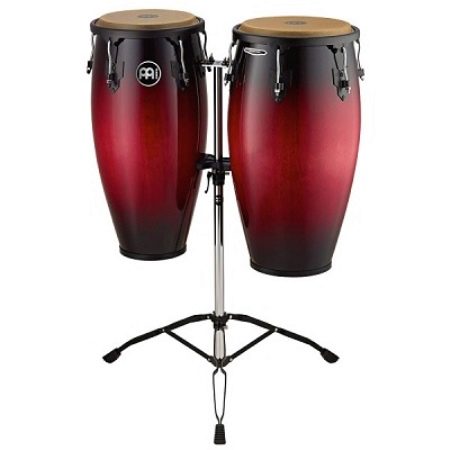
- Djembe. This device came from Africa, or rather, its homeland is the Republic of Mali. It has a goblet shape: the lower part of the instrument is open and narrow, the upper one is covered with a membrane. Has three tones: slap, low and high impact. Thanks to the belt, the djembe will easily fall on the shoulder of a standing artist. But really put it on the floor, sit on top and play like that.
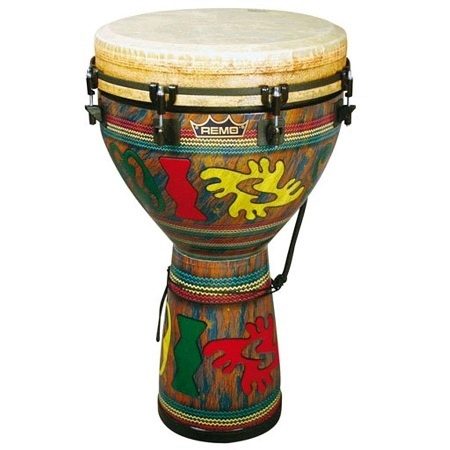
- Cowbell. The name is translated a little strange - "cow bell". It is such a strong quadrangular prism with an open starting edge. Its sound is influenced by the density of the walls, as well as the material of manufacture. If you hit a stainless steel saucepan with a simple rolling pin, you get a sound very much like a cowbell.
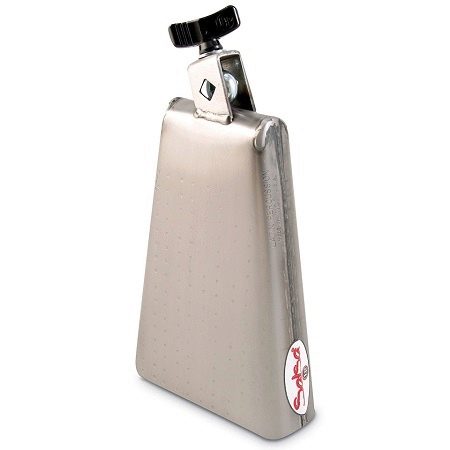
- Cabasa... This musical instrument is many centuries old, it is Latin American percussion. He himself is a cylinder of metal, which is entangled with wire rings with metal balls worn on them. If you perform specific actions with the cabassa, you will get a loud sound with a characteristic rattling sound, but there is still a rhythm in it (and this is the main thing). You can hear this instrument in samba and bossa nova. In rock and jazz compositions, cabasa is also, one might say, “registered”.
This instrumental palette is a selection of prominent percussionists. It is interesting to study Latin American, African and other instruments, because they are closely connected with history, culture, national traditions.
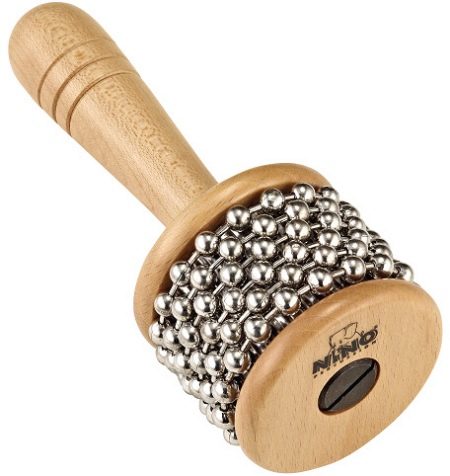
Where is it used?
In ethnic music and folk, percussion is indispensable. In the musical creativity of any nationality, they are mandatory. One has only to remember what sets the rhythm in flamenco, what makes Scandinavian folk music interesting, how incredibly rhythmic the music of Africa is. It is the beats and the sound that influence the character of this music, they also make it recognizable in many ways. There is a well-known comparison of percussion with seasoning: it seems that pepper and salt are not the main ingredients of the dish, but without them even the most wonderful meat is bland, and the soup lacks taste so much that it is impossible to eat. The same is with percussion: it builds the game, directs it, makes the person hear and merge with the melody. For this reason, percussion did not remain only in ethno and folk, but confidently settled in jazz, electronic music, rock, rap and other genres.
AND in modern electronic music, a considerable number of libraries of percussion samples are in demand. This enriches the sound, makes it more emotional and expressive. The case when music comes into contact with the listener, affecting his nervous system, causing certain associative series.
What percussion is good for for the average person with no musical education is accessibility. Taking maracas in hand, a person can try to complicate the composition, which sounds on some medium. He can switch from one such instrument to another, literally becoming a "man-orchestra."
